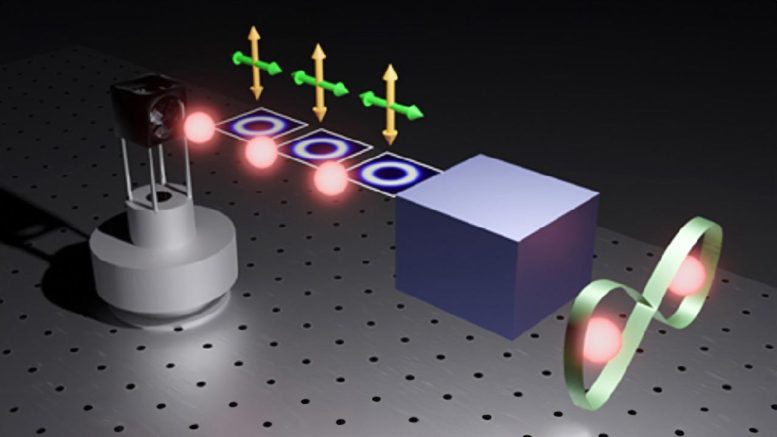
Scheme of the flexible platform implemented to engineer both intra- and interparticle Orbital Angular Momentum based entangled states via quantum dot source. Credit: Nicolò Spagnolo
Generation of nearly deterministic OAM-based entangled states offers a bridge between photonic technologies for quantum advancements.
Quantum technology’s future rests on the exploitation of fascinating quantum mechanics concepts — such as high-dimensional quantum states. Think of these as states basic ingredients of quantum information science and quantum tech. To manipulate these states, scientists have turned to light, specifically a property called orbital angular momentum (OAM), which deals with how light twists and turns in space. Here’s a catch: making super bright single photons with OAM in a deterministic fashion has been a tough nut to crack.
Quantum Dots: Bridging Technologies
Now, enter quantum dots (QDs), tiny particles with big potential. A team of researchers from Sapienza University of Rome, Paris-Saclay University, and University of Naples Federico II combined the features of OAM with those of QDs to create a bridge between two cutting-edge technologies. Their results were published in the peer-reviewed Gold Open Access journal Advanced Photonics.
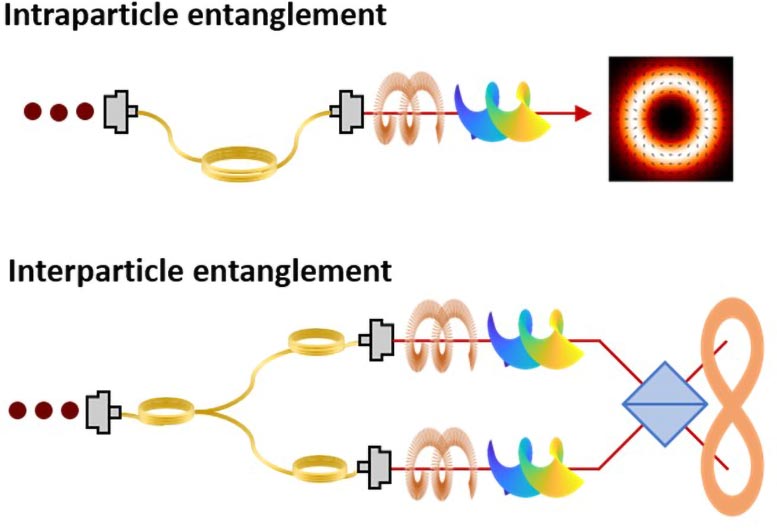
Conceptual scheme of the proposed protocol. Manipulating the polarization and OAM of single photons generated from a QD source in a nearly deterministic fashion, intraparticle entangled states are generated by making the two degrees of freedom interact through a q-plate. In the interparticle regime, two photons characterized by specific states in the hybrid space composed of polarization and OAM interfere using a beam-splitter. Post-selecting on the coincidence counts, a probabilistic entangling gate has been implemented. Credit: Alessia Suprano
Innovation and Applications
So, where is the innovation? This bridge they’ve built can be flexibly used for two goals. First, it can make pure single photons that are entangled within the OAM-polarization space, and the researchers can count them directly. Second, this bridge can also make pairs of photons that are strongly correlated in the quantum world. They’re entangled, so that each single photon state cannot be described independently of the other, even when they’re far apart. This is a big deal for quantum communication and encryption.
New Platform for Quantum Entanglement
This new platform has the potential to create hybrid entanglement states both within and between particles, all belonging to high-dimensional Hilbert spaces. On one hand, the team has achieved the generation of pure single photons, whose quantum states exhibit nonseparability within the hybrid OAM-polarization domain. By exploiting an almost deterministic quantum source in combination with a q-plate — a device capable of adjusting the OAM value based on single photon polarization — the researchers can directly validate these states through single-photon counts, thereby avoiding the need for a heralding process and enhancing the rate of generation.
On the other hand, the team also employs the concept of indistinguishability within single photons as a resource to generate pairs of single photons that possess entanglement within the hybrid OAM-polarization space.
According to Professor Fabio Sciarrino, head of Quantum Information Lab in the Department of Physics of Sapienza University of Rome, “The proposed flexible scheme represents a step forward in high-dimensional multiphoton experiments, and it could provide an import platform for both fundamental investigations and quantum photonic applications.”
Conclusion: The Impact on Quantum Technology
In essence, this research marks a significant stride in the pursuit of advanced quantum technologies. It’s like connecting two major cities. This connection opens exciting possibilities for quantum computing, communication, and much more. So, keep an eye on this — it’s not just science; it’s the future.
Reference: “Orbital angular momentum based intra- and interparticle entangled states generated via a quantum dot source” by Alessia Suprano, Danilo Zia, Mathias Pont, Taira Giordani, Giovanni Rodari, Mauro Valeri, Bruno Piccirillo, Gonzalo Carvacho, Nicolò Spagnolo, Pascale Senellart, Lorenzo Marrucci and Fabio Sciarrino, 30 August 2023, Advanced Photonics.
DOI: 10.1117/1.AP.5.4.046008


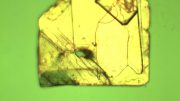
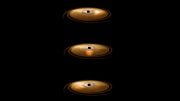

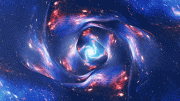



I wonder has anybody noticed that lattice type configurations has become a structural part of quantum mechanics.